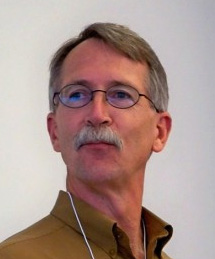SUBSCRIBE to
Local Clean Energy
News & Alerts
Bay Area Smart Energy 2020 Road Map Released
Is it possible over the next 8 years to convert 25% of Bay Area homes and businesses to zero net energy buildings, reduce greenhouse gas emissions from electric usage by 60%, and cut peak demand for electricity by 50%? Pacific Environment's report Bay Area Smart Energy 2020 (BASE 2020) provides a road map for doing just that.
The report, authored by Bill Powers and produced by Pacific Environment, was released on March 12,  2012, at a gathering in Oakland at the California Endowment Conference Center, to an audience that collectively represented a powerhouse of expertise and experience in local clean energy.
2012, at a gathering in Oakland at the California Endowment Conference Center, to an audience that collectively represented a powerhouse of expertise and experience in local clean energy.
The event was kicked off with statements by California State Assemblywoman Nancy Skinner and Francesca Vietor of the San Francisco Foundation.
Bill Powers, of Powers Engineering, was the featured speaker. He summarized the report’s recommendations for achieving BASE 2020's goals: including the installation of 4,000 megawatts of photovoltaics on Bay Area rooftops, the introduction of incentives such as feed-in tariffs, upgrades to the energy electricity grid to increase efficiency and conservation, and reduction of peak demand from air conditioning.
Following Power’s remarks, Rory Cox of Pacific Environment, moderated a panel of speakers representing additional facets of smart energy implementation. Panelists included David Hochschild of Solaria, Paul Fenn of Local Power, Francesca Vietor from the San Francisco Foundation, Shawn Marshall of LEAN Energy U.S., and Cisco DeVries, president of Renewable Funding. The panel discussion focused on issues affecting the implementation of BASE 2020, with a general consensus that funding is the big hold-up and that collaboration of organizations working for local clean energy is critical for success.
- admin's blog
- Log in to post comments
